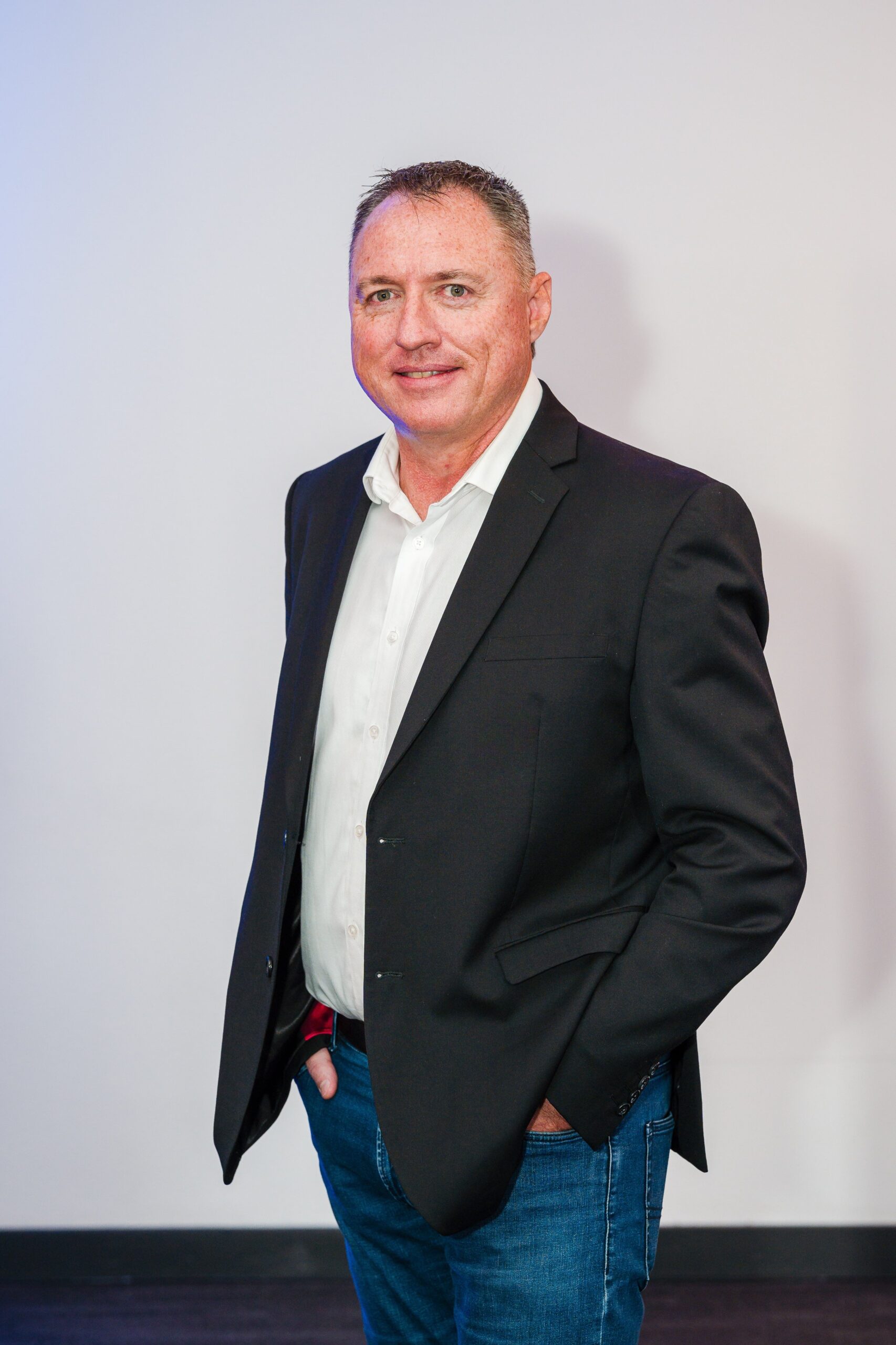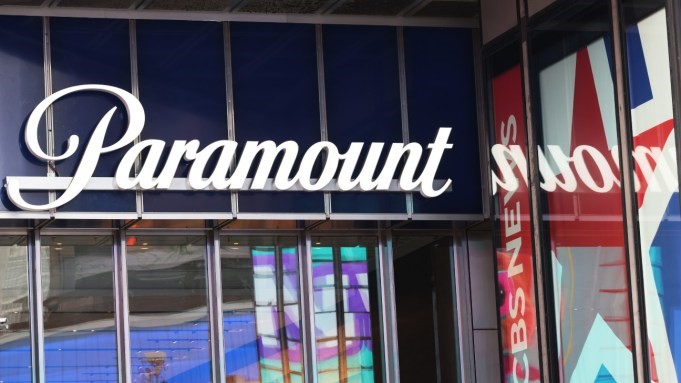Broadcasting
AI and ‘phygital’ experiences re-set to reshape the customer journey in 2024

By Andrew Egan, Africa Regional Sales Director at Infobip
With brands recognising the power of conversations, AI-driven solutions, and phygital experiences, consumers can anticipate more personalised, seamless, and satisfying engagements with businesses this year. As technological innovations continue to shape the business landscape, 2024 is poised to be a transformative year for customer experience. However, businesses must keep an eye on the emerging trends shaping the landscape as they realign their strategies to prioritise customer satisfaction.

Balancing customer experience trends against business process optimisation
Increasingly, the emphasis on Customer Experience (CX) is prompting organisations to adopt creative ways to use customers to start, and sometimes complete, the processing journey against an item of work. As businesses look to grow customer acquisition or reduce processing costs, it is becoming evident that Generative AI and Interactive AI are critical tools for improving cost-of-service ratios or Life Time Value: Customer Acquisition Costs (LTV: CAC) ratios for improved x-selling and upselling outcomes. In line with this, identifying work types for automation is key to quantifying how much effort organisations can remove from their support centres and what Capex or Opex costs can be optimised. Additionally, businesses must understand their customers’ behaviour and their choice of when, how, and if to engage with a brand.
CX is not merely about providing a channel to customers or a five-star rating at the end of a call. It is about ensuring that customers return to the brand, measuring and appreciating customer behaviour across your digital ecosystem, and knowing when to support them or when to sell to them. In many environments, improving business processes with tools such as Generative AI or Interactive AI results in a downstream impact of improved CX. Hence, organisations should look at the business challenge to be solved before attempting to resolve the issue of CX in isolation.
End-to-end conversational journeys with businesses and brands
As consumers seek an enhanced customer experience, they will increasingly demand two-way conversational interactions with a business or brand through the same channels and chat apps they use with their families or friends. They will also desire a seamless experience rather than switching between devices and channels.
Until now, brands have been reimagining this journey through a conversational lens, where much of the user journey is directed through a single chat app or digital channel like WhatsApp. The focus now shifts from merely adopting these channels to perfecting the end-to-end conversational experience.
Thus, we can expect to see the emergence of truly end-to-end platforms, where customers can click through an advert on Instagram, educate themselves about a product, click to purchase, pay, receive delivery notifications, and complete a satisfaction survey within a single conversational thread on WhatsApp.
META, with WhatsApp, is leading this revolution, with new features such as Flows and Payments facilitating users to transition smoothly from viewing an Instagram ad to making a purchase, all within the platform. Leading brands like Google and Apple are also making waves in this space, and more platforms are likely to follow.
The move from generative AI to interactive AI
Generative AI, or Gen-AI, has made remarkable progress, especially in customer support. This technology has been instrumental in auto-generating content for messages and emails and AI-driven bots that can handle basic queries.
However, the future lies in interactive AI, where, according to British AI researcher and entrepreneur Mustafa Suleyman, “bots that can carry out tasks you set for them by calling on other software and other people to get stuff done.” In line with this, analysts predict the emergence of a federation of different bots and AI algorithms being used to trigger different actions across the customer journey.
These advanced tools will be central to marketing and sales automation, answering product-related questions, scheduling deliveries, and managing payments. Integrations will span from generating campaign content to providing AI-driven chatbot interactions, ensuring fluid, human-like conversations with the customers, all within a customer’s favourite channel.
The rise of the super app
The ‘super app’ concept has gained significant attention in recent years, with platforms such as WhatsApp, WeChat, and various others. These platforms, boasting billions of subscribers, present a golden opportunity for brands to integrate and offer their products and services. Tech billionaire Elon Musk described WeChat as “Twitter, plus PayPal, plus a whole bunch of other things, and all rolled into one with actually a great interface.”
Telegram appears to be moving towards this model, announcing in September last year that “developers can (now) use JavaScript to create infinitely flexible interfaces that can be launched right inside Telegram — and can completely replace any website.”
Envisioned as multi-purpose hubs, these apps will evolve into platforms where users can seamlessly interact with multiple brands.
The rebirth of virtual reality and augmented reality
However, things are also heating up in the virtual reality (VR) and augmented reality (AR) space. META recently launched its new generation of Ray-Ban META smart glasses. Among other updated features, these will integrate META’s AI-powered, advanced conversational assistant. By saying “Hey META,” users can engage with META AI to spark creativity, get information, and control features. Apple has also unveiled its much-anticipated Vision Pro headset, a mixed-reality device capable of both VR and AR experiences.
These products signify a step change in the world of AR and VR, which has, until now, been seen by many as somewhat gimmicky. It is expected that VR and AR will transition from merely PR stunts to real-world use cases. Using these tools, businesses and brands can create exceptional, awe-inspiring experiences on a scale that has never been possible in the physical realm.
Phygital experiences
Against this backdrop, it is anticipated that further convergence of the physical and digital realms will occur, with businesses and brands crafting captivating ‘phygital’ experiences tailored to customer preferences in real-time. Retailers will further weave technology into their brick-and-mortar stores, leveraging data to personalise what customers hear, smell, and see. Simultaneously, e-commerce platforms will explore the potential of virtual and augmented reality, pioneering a new age of digital retail.
Numerous examples already demonstrate this concept in action, like retail brand Marks & Spencer’s AR shopping app, which allows customers to walk around a store with the app using an AR filter to direct them to the location of specific items. As this technology develops, it will help customers experience products as if they were already in their possession, allowing them to make informed decisions about what they buy.
More to come
This year promises to be an exciting year for customer experience. With brands recognising the power of conversational interfaces, AI-driven solutions, and phygital experiences, consumers can anticipate more tailored, seamless, and delightful interactions.
Broadcasting
It is Official, DStv Confirms Termination of 16 Major Channels

A major shake‑up rocks viewers and subscribers of DSTV/GOTV as many channels are set to shut down and be removed on January 1, 2026.

The trigger for the upcoming shut‑down is a breakdown in negotiations between the owners of multiple global channels and the pay‑TV operator.
As of December 2025, the deal between Warner Bros. Discovery (WBD) and DStv/GOtv has expired and the two parties have not reached a renewal agreement.
Without a new carriage/distribution agreement, the channels belonging to WBD risk being pulled off the DStv/GOtv line‑up.
This is the most significant content cutback the service has seen in years.
The affected channels are:
Discovery Channel
TLC
Cartoonito
Cartoon Network
CNN International
Food Network
The Travel Channel
TNT
Investigation Discovery
Real Time
HGTV
Discovery Family
Broadcasting
Paramount Africa Shuts Down after 20 Years

Paramount Africa is officially shutting down at the end of December 2025, drawing the curtain on more than two decades of operations in South Africa and Nigeria.

The company, which once reached over 100 million viewers across 52 African territories, confirmed it will close its doors as part of a massive global restructuring at its parent company, Paramount Global.
This is the same Paramount Africa behind channels like BET, MTV, MTV Base, Comedy Central, Nickelodeon, and more.
Its digital footprint has also been significant, with millions of monthly page views, social media engagements, and content partnerships across Africa.
But despite that scale, rising costs and a global strategic reset have caught up with the business.
Paramount’s retrenchment has been building for months.
Earlier this year, plans to launch a standalone Paramount+ app in South Africa were quietly shelved.
Then in August, the company said its content would remain available only via DStv and Showmax.
And last month, MultiChoice confirmed that BET Africa and MTV Base will disappear from DStv and GOtv on January 1, 2026, as Paramount Africa winds down entirely.
The shutdown is tied to aggressive cost-cutting after Paramount’s merger with Skydance. The company is targeting a 15% reduction in global staff and $3 billion in savings.
International divisions, including Africa, have taken the hardest hit as the business pivots away from linear TV and doubles down on a more streamlined streaming-first model.
At the same time, the global media landscape is being shaken by Warner Bros. Discovery’s chaotic auction. Netflix, Paramount, and Comcast have all submitted fresh bids for WBD, with some offers reportedly focusing on the studios-and-streaming division, home to HBO, HBO Max, DC, and Warner Bros. Pictures.
Analysts say the crown jewel bundle could go for as much as $70 billion, a deal that would reshape Hollywood and accelerate the decline of traditional TV.
Broadcasting
DStv Subscribers May Lose CNN, Discovery, TLC in 2026

DStv subscribers may lose access to 12 major Warner Bros. Discovery (WBD) channels, including CNN International, Discovery Channel, TLC, and Cartoon Network, from Jan. 1, 2026, if MultiChoice and WBD fail to conclude a new distribution agreement.

DStv
MultiChoice, now owned by Canal+, issued a notice to customers on Monday, warning that its current carriage deal with WBD will expire on Dec. 31, 2025, and negotiations to renew the contract remain inconclusive.
“While discussions between the parties continue, no agreement has been reached at this stage. If this remains unchanged, several Warner Bros. Discovery channels may no longer be available on DStv from Jan. 1, 2026,” the company said.
The channels at risk include Discovery Channel, CNN International, TLC, Discovery Family, Real Time, TNT Africa, Food Network, HGTV, Investigation Discovery, Cartoon Network, Cartoonito, and Travel Channel.
The development comes amid subscriber losses for MultiChoice, which has shed 2.8 million active linear subscribers over the last two financial years.
This includes 1.2 million customers lost in 2025 alone, representing an 8 per cent decline across South Africa and the rest of Africa.
In Nigeria, MultiChoice has lost 1.4 million subscribers in the past two years, largely due to repeated subscription price increases, according to Nairametrics.
The broadcaster is also set to lose additional content in the coming months. Paramount Africa will discontinue BET Africa and MTV Base from Jan. 1, 2026, while CBS Reality and CBS Justice will cease operations on Dec. 31, 2025.

 E-Business3 days ago
E-Business3 days agoCyber Tsunami Hits Nigeria as Breaches Surge 1,047%, esentry Q3 Report Reveals

 E-Business3 days ago
E-Business3 days agoReport says Human Error Fuels Breaches as Only Half of Professionals Receive Cybersecurity Training

 E-Financial3 days ago
E-Financial3 days agoFBNQuest Merchant Bank Confirms New Ownership Structure, Sets Stage for Future Growth

 General News3 days ago
General News3 days agoNigeria’s GDP Rises to 3.98% in Q3 2025, Driven by Agriculture, ICT, and Finance

 E-Business2 days ago
E-Business2 days agoJumia’s Data Shows Nigerians Turning to Digital Retail to Navigate Inflation Pressures

 E-Financial3 days ago
E-Financial3 days agoMoniepoint MFB Launches Moniebook to Transform MSMEs Operations

 General News3 days ago
General News3 days agoIHS Nigeria Leads Gender Based Violence Awareness Walk, Reaffirms Zero Tolerance with Advocacy Seminar

 Telecom3 days ago
Telecom3 days agoAfrica Data Centres Partners CSSi SA to Boost Data Sovereignty in South Africa


























